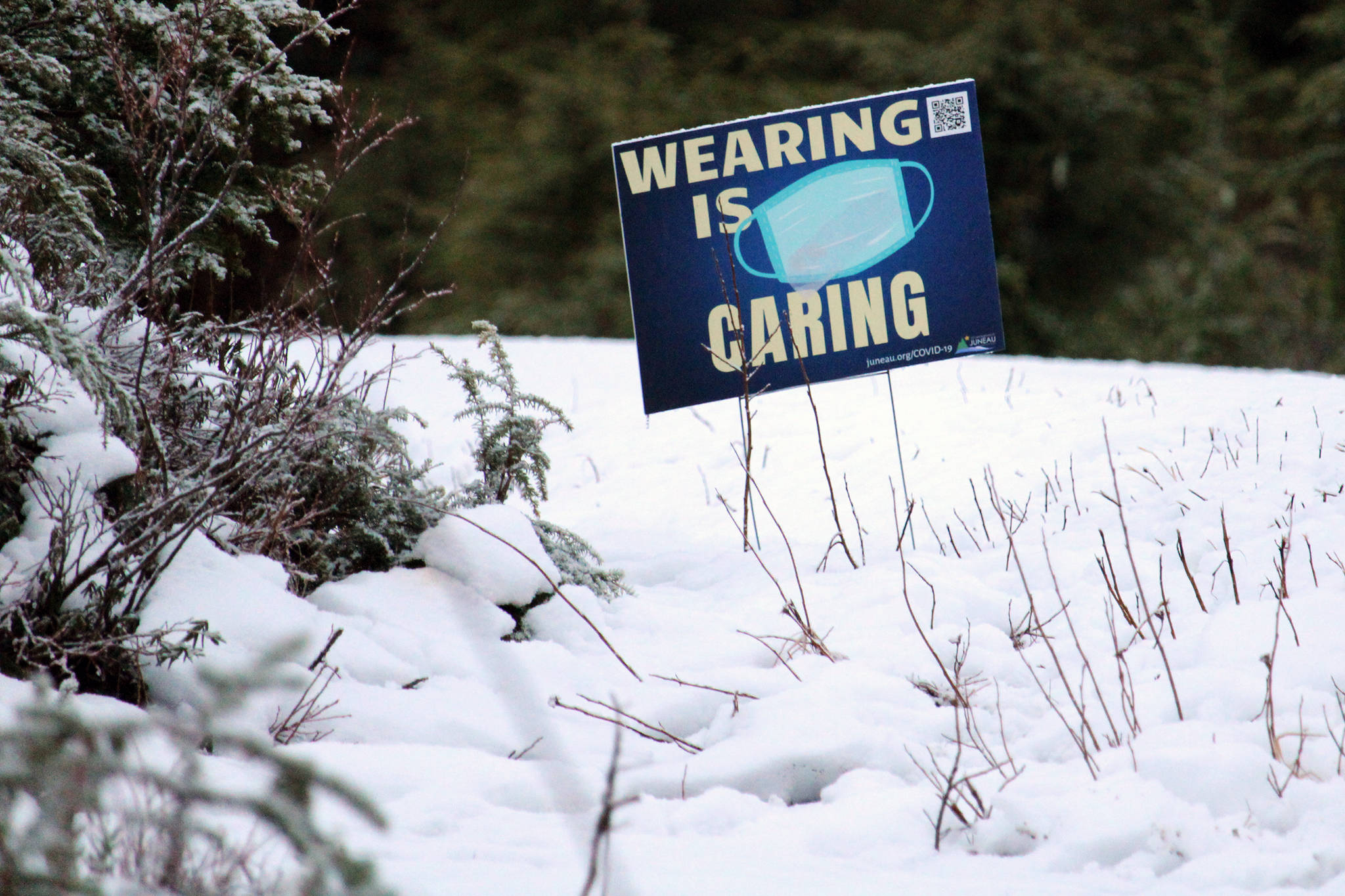City and Borough of Juneau could lower its COVID-19 risk level, which has been at Level 3-High since late October, as soon as next week.
“We are hoping to see our alert level go from high to moderate next week or by Jan. 10 or 11,” said CBJ Deputy City Manager Mila Cosgrove, who is also the EOC incident commander, during a weekly COVID-19 briefing.
She explained that three factors drive the risk level: The amount of community spread, public health constraints for conducting contract tracing and hospital capacity north and south of Juneau.
A change in risk level would lead to a relaxation of some mitigation measures. In late September, when the city returned to a moderate risk level after a surge in case numbers, bars were allowed to reopen at half capacity and restrictions were lifted on restaurants, which were still encouraged to ensure physical distancing.
Cosgrove said that the three key factors for Juneau’s risk level are moving in the right direction. She encouraged all residents to limit travel, keep social bubbles small and socialize outside instead of indoors to the greatest extent possible over the New Year’s holiday.
“Our goals are to limit spread, get classroom education going, and stay safe when the legislature arrives in three weeks,” Watt added.
“National reporting focuses on the vaccine, but January is forecasted to be tough. We need to be vigilant about those trends. Next month could be grim and we don’t want to be a part of that trend,” said Robert Barr, CBJ Emergency Operations Center planning chief.
Good news for a tough year
On Tuesday, the City and Borough of Juneau Emergency Operations Center hosted their final 2020 COVID briefing, acknowledging that it’s been a tough year but pointing out the light on the horizon.
“I don’t think anyone will shed a tear for the end of 2020,” said Rorie Watt, CBJ city manager.
Despite the difficulties of the last year, good news abounds:
— Juneau’s infection rate remains low and stable with a positivity rate of 1.82%. Based on current trends, the community risk level may move from high to moderate in early January.
— More vaccines are on hand than were initially expected. Tribal organizations are receiving vaccines directly from the federal government, in addition to those being sent to the state. As a result, tribal members may be eligible for vaccinations sooner rather than later through their health care providers.
— A new round of asymptomatic testing is starting in an effort to get a broad reading of asymptomatic infections that may be in the community. This is a strategy to help combat silent spread that may otherwise go undetected.
— Staff training for recently installed test processing equipment is now complete. Turn around time for COVID-19 test results will be reduced to one to two days by mid-to late-January after a verification process is complete.
• Contact Dana Zigmund at dana.zigmund@juneauempire.com or 907-308-4891.

